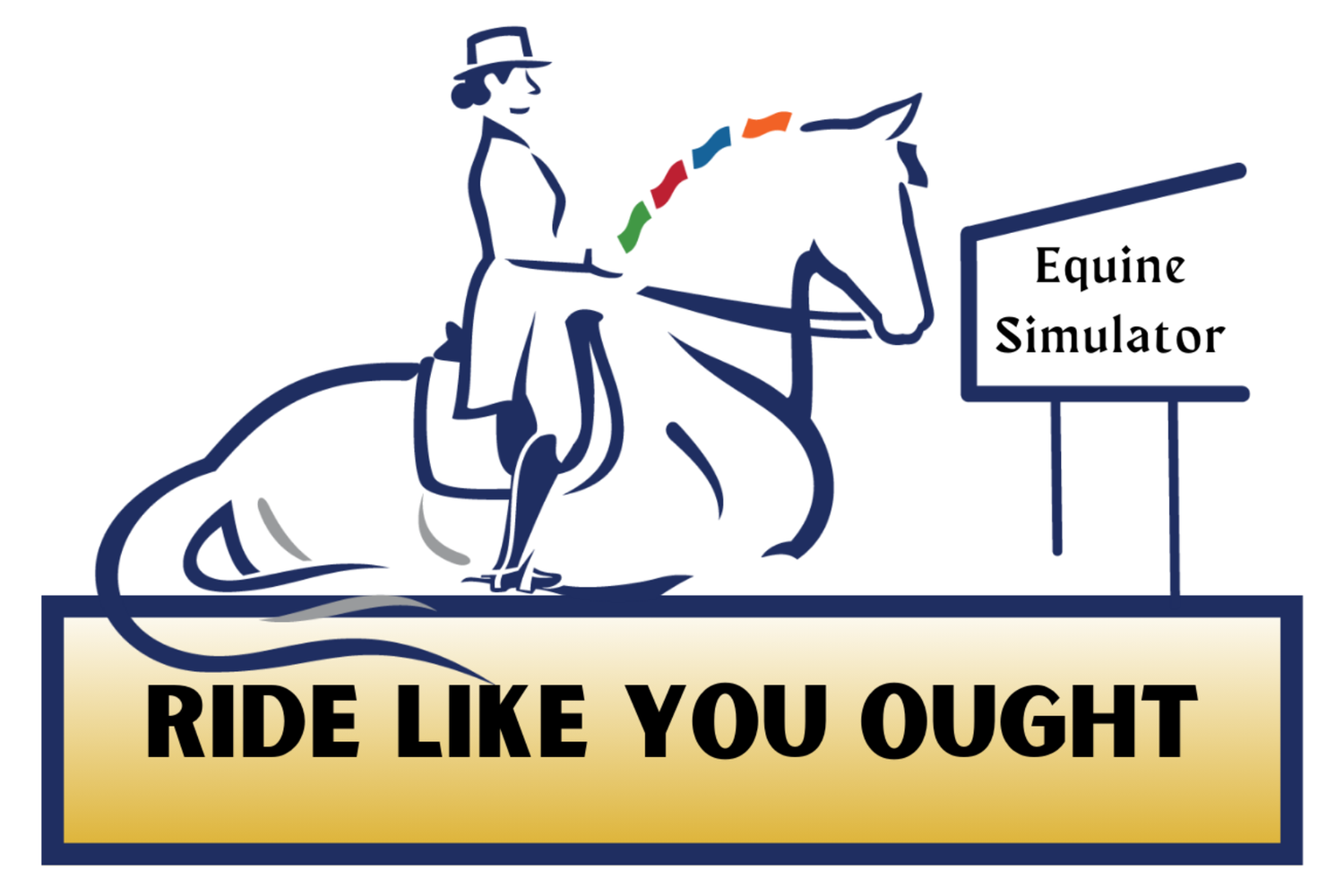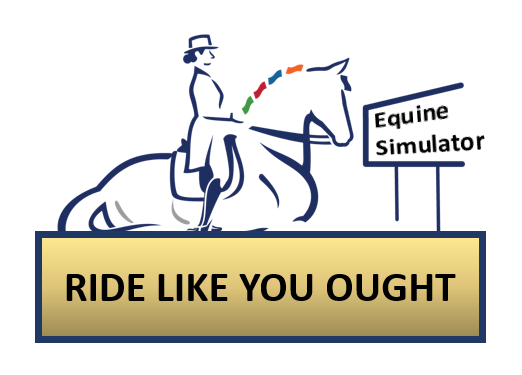HOW TO RIDE THE HORSE YOU THOUGHT YOU BOUGHT
Struggling with Half Halts? Contact? Connection? Transitions? “How To Ride the Horse You Thought You Bought” is the go-to reference, offering a fresh perspective on these fundamental skills- all in one location for convenience. It devotes entire CHAPTERS (not just a paragraph or two) to clarifying these concepts, as well as addressing other perplexing intangibles such as “feel,” “balance,” “seat,” “timing of the aids,” “straight” and “on the outside rein.” This book is a must-read for anyone who craves and strives to experience the sensations that we see others achieve but don't know how to achieve for ourselves. The book has four structures that run throughout: 1) caveats, 2) extensions, 3) “this/not this” illustrations and 4) non-negotiables. Caveats, cautionary elements that alert the reader to common and anticipated behaviors or reactions you may encounter, enable you to be prepared and not surprised by their occurrence. Extensions are activities that extend the learning of a lesson and provide additional or alternative forms of practice to enrich the riding experience. The “this/not this” illustrations serve as reference points to enable the reader to distinguish between correct and incorrect responses. The non-negotiables - Go, Get Connected, Stay Connected, Transitions, Flexion, and Half-Halt- are the systematic building blocks that occur concurrently to yield a competent ride. These are supplemented by a section on groundwork that the rider can utilize to enhance their chances of success in the saddle.
Thirdly, this book includes helpful study guides, tools designed to assist a student with their learning by organizing, interpreting and summarizing the material. It indicates what should be learned, how it can be learned, and how students can recognize if they have learned it. It is a management tool which gives the reader an active role in managing his own learning, especially if you don’t have access to effective instruction and you want to keep progressing. The book teaches you how to learn from media, as opposed to a live instructor. With engaging illustrations and links to helpful instructional videos throughout, this book distills these complex concepts into language that takes a step toward making riding more accessible to the people who want it the most by stating things overtly and simply; making the implicit explicit.








